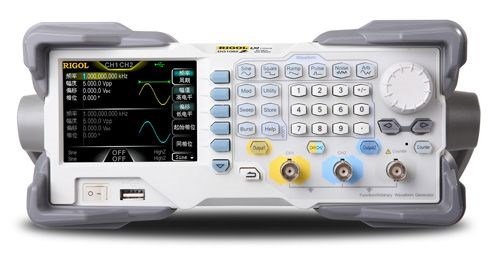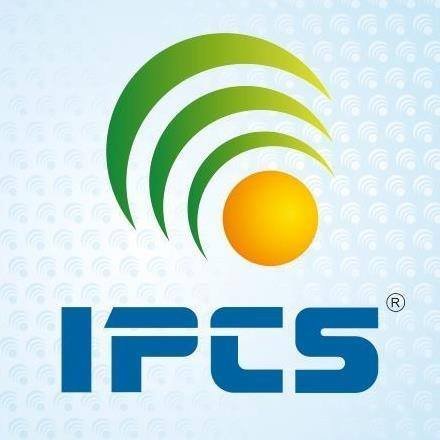
An arbitrary waveform generator (AWG) is a piece of electronic test equipment used to generate electrical waveforms. These waveforms can be either repetitive or single-shot (once only) in which case some kind of triggering source is required (internal or external). The resulting waveforms can be injected into a device under test and analyzed as they progress through it, confirming the proper operation of the device or pinpointing a fault in it.
Unlike function generators, AWGs can generate any arbitrarily defined waveshape as their output. The waveform is usually defined as a series of “waypoints” (specific voltage targets occurring at specific times along the waveform) and the AWG can either jump to those levels or use any of several methods to interpolate between those levels. For example, a 50% duty cycle square wave is easily obtained by defining just two points: At t0, set the output voltage to 100% and at t50%, set the output voltage back to 0. Set the AWG to jump (not interpolate) between these values and the result is the desired square wave. By comparison, a triangle wave could be produced from the same data simply by setting the AWG to linearly interpolate between these two points. AWGs, like most signal generators, may also contain an attenuator, various means of modulating the output waveform, and often contain the ability to automatically and repetitively “sweep” the frequency of the output waveform (by means of a voltage-controlled oscillator) between two operator-determined limits. This capability makes it very easy to evaluate the frequency response of a given electronic circuit. Some AWGs also operate as conventional function generators. These can include standard waveforms such as sine, square, ramp, triangle, noise and pulse. Some units include additional built-in waveforms such as exponential rise and fall times, sinx/x, and cardiac. Some AWGs allow users to retrieve waveforms from a number of digital and mixed-signal oscilloscopes.
Some AWG may display a graph of the waveform on their screen – a graph mode. Some AWGs have the ability to output a pattern of words on a multiple-bit connector to simulate data transmission, combining the properties of both AWGs and digital pattern generators.
This new series of waveform generators from Rigol helps engineers to accomplish a wide range of testing applications by combining many functions in one easy-to-use instrument. Functions include arbitrary waveform generator, function generator, pulse generator, harmonic generator, and analogue/digital modulator. The DG1000Z series also incorporates Rigol Direct Digital Synthesizer (DDS) technology, ensuring that signals are delivered with stability, precision, purity and low distortion. These arbitrary waveform generators with innovative SiFi (Signal Fidelity) can generate arbitrary waveforms point-by-point and allow precisely adjustable sample rates and low jitter (200ps). Users can choose from up to 160 built-in waveforms with 14 bits vertical resolution and can benefit from a convenient arbitrary waveform editing interface. Versatile modulation types include AM, FM, PM, ASK, FSK, PSK and PWM. The instruments offer standard interfaces USB Host & Device and LAN (LXI Core Device 2011) and a 3.5“TFT color display. All models are supported by the Ultra Station PC software tool. There are 2 models in the DG1000Z Series of Arbitrary Waveform Generators a 30 MHz and 60 MHz unit.
RF Instruments
The DSA832 and DSA875 expand the DSA800 Spectrum Analyzer Series to 3.2 and 7.5 GHz respectively. With specifications that far exceed the DSA815-TG, these new instruments enable direct measurements of higher performance signals and systems. For design and development implementing Wi-Fi, Bluetooth, and other RF standards, the SSB phase noise down as low as -98 dBc/ Hz at a 10 KHz offset empowers engineers to more accurately analyze modulations and noise surrounding their signals of interest. This becomes important for debugging and immunity testing of transceiver systems.
The 7.5 GHz instrument enables engineers to investigate the 3rd harmonic of all of their critical 2.4 GHz applications. Additionally, resolution bandwidth settings down to 10 Hz means more precise visualization of low power RF signals.
Credits: SREENESH T K – Embedded Engineer – sreenesh@ipcsautomation.com


